Advertisement
As we enter 2025, the Department of Justice (DOJ) is enforcing stricter data protection and privacy regulations under the newly introduced "DOJ data rule." This policy aims to enhance transparency, accountability, and legal compliance in the handling of sensitive information by organizations.
Prompted by rising data breaches and misuse cases, the rule significantly changes enterprise data practices. Businesses of all sizes and industries must now align their operations with these evolving legal standards. In this article, we outline the top seven ways the DOJ data rule will impact enterprises and how they can proactively adapt their compliance strategies.
The DOJ Data Rule is a regulatory framework established by the U.S. Department of Justice to ensure the lawful, transparent, and secure handling of data across enterprises. It applies to sectors like healthcare, finance, and e-commerce.
For Example:
Banks must now track all customer data access logs, while e-commerce sites must obtain user consent before collecting browsing behavior. Cloud providers must also restrict access to sensitive corporate files. This rule promotes accountability, reduces data misuse, and strengthens consumer privacy protections.
With a clearer understanding of what the DOJ Data Rule is, let's explore the top ways it's set to reshape enterprise operations in 2025.
Key Impacts of the DOJ Data Rule on Enterprises:
The DOJ data rule brings heightened legal oversight. Companies can expect more frequent audits regarding data collection, storage, and processing. To avoid fines or legal consequences, businesses must maintain updated compliance manuals, clear data policies, and proof of adherence to legal standards. Legal departments must stay informed of regulatory changes and ensure organization-wide data governance compliance. Data compliance is now an ongoing process, not a one-time task.
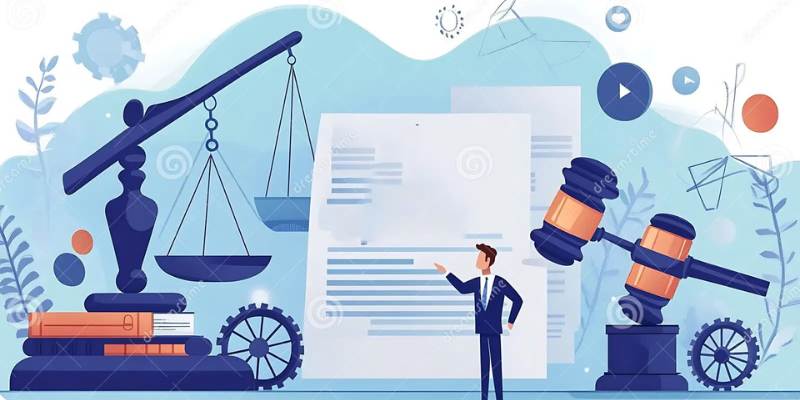
Outdated systems are no longer sufficient under the new DOJ standards. Enterprises must invest in modern data infrastructure, including secure servers, encrypted databases, and role-based access controls, to meet compliance requirements. Cloud-based tools with built-in compliance tracking will become vital. These upgrades will not only ensure regulatory compliance but also boost overall data security and reduce the risk of cyber threats.
Risk management will now place a heavy focus on data handling. Organizations must assess vulnerabilities across the entire data lifecycle—from collection to deletion. Developing a breach response plan is critical to ensure legal compliance during a security incident. A dedicated team may be required to evaluate and address data-related risks continually.
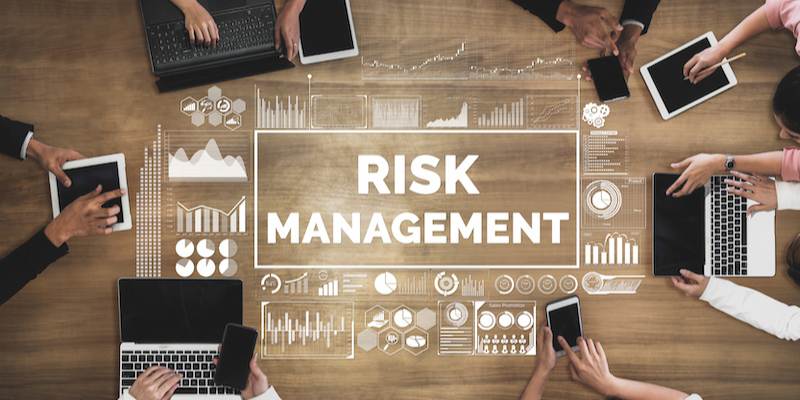
The rule demands clear communication with users about data practices. Enterprises must update privacy policies, seek user consent, and provide options to opt in or out of data collection. Transparency is not optional—businesses must respond quickly to access requests and demonstrate control over personal data.
Data compliance is no longer just an IT or legal responsibility. Departments like marketing, HR, and finance that handle personal data must follow tailored compliance protocols. Cross-functional accountability is now essential. Many companies may appoint a Chief Compliance or Data Officer to ensure alignment across teams.
Companies are also liable for how their third-party vendors handle data. The DOJ rule extends responsibility to suppliers and partners. Enterprises must conduct thorough due diligence and regularly audit vendor practices. Contracts must now include specific compliance clauses. A vendor's failure to meet standards can have a direct impact on the enterprise's legal standing.
The DOJ data rule will prompt enterprises to reassess how they collect and utilize data. Data minimization will become a key strategy—only collecting what is necessary and retaining it for the shortest time possible. This reduces both the legal exposure and the cost of managing large volumes of sensitive information.
Enterprises will need to find a balance between leveraging data for insights and protecting individual privacy. For many, this will require revisiting marketing campaigns, customer data analytics, and user tracking tools to ensure all activities align with the new legal standards.
The DOJ data rule represents a significant turning point in enterprise data governance. As regulations become more stringent and enforcement more aggressive, companies that take early steps toward compliance will have a distinct advantage. From infrastructure upgrades and departmental training to vendor management and data minimization, each change brings enterprises closer to secure, ethical, and lawful data management.
Preparing for these impacts now will not only reduce the risk of legal consequences but also build trust with customers, partners, and stakeholders. In a data-driven world, compliance is no longer a burden—it's a strategic imperative.
Advertisement
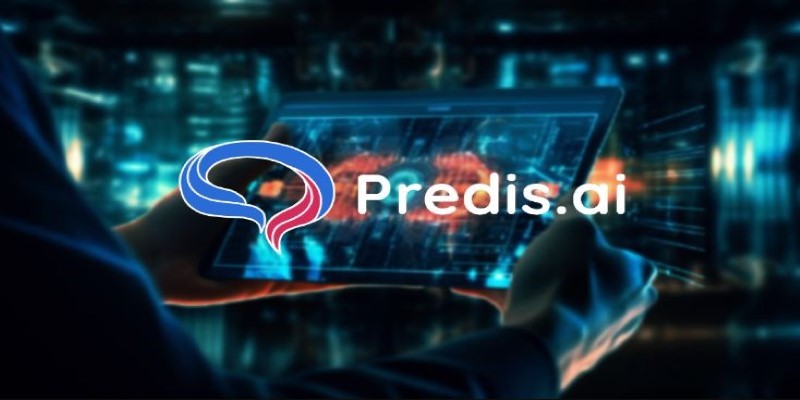
How to create Instagram Reels using Predis AI in minutes. This step-by-step guide shows how to turn ideas into high-quality Reels with no editing skills needed

Learn how DreamBooth fine-tunes Stable Diffusion to create AI images featuring your own subjects—pets, people, or products. Step-by-step guide included

How Python handles names with precision using namespaces. This guide breaks down what namespaces in Python are, how they work, and how they relate to scope
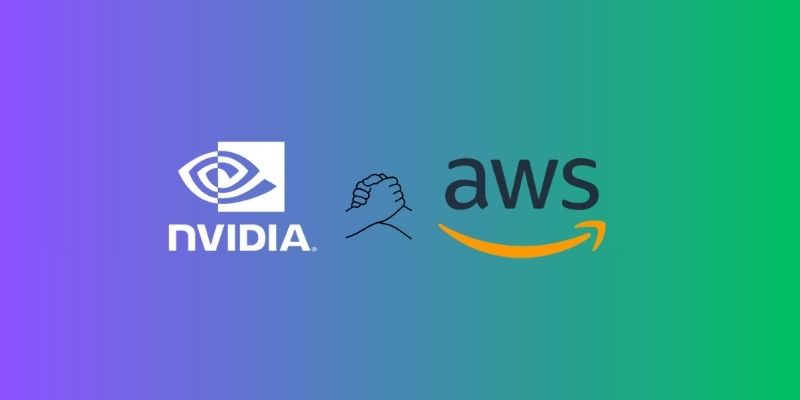
AWS launches AI chatbot, custom chips, and Nvidia partnership to deliver cost-efficient, high-speed, generative AI services

How to fine-tune a Tiny-Llama model using Unsloth in this comprehensive guide. Explore step-by-step instructions on setting up your environment, preparing datasets, and optimizing your AI model for specific tasks
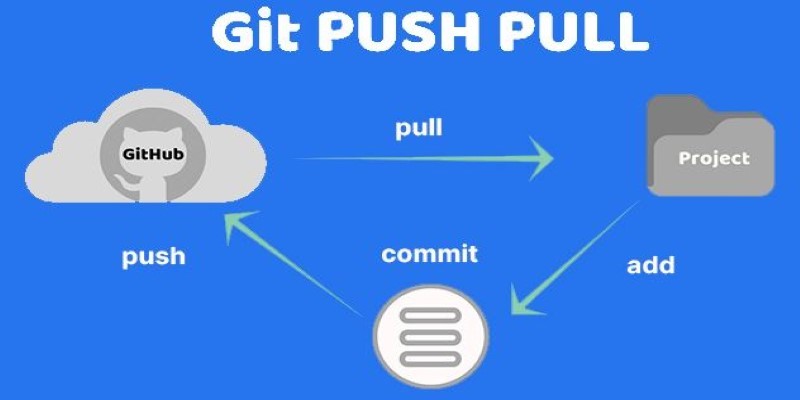
Still unsure about Git push and pull? Learn how these two commands help you sync code with others and avoid common mistakes in collaborative projects
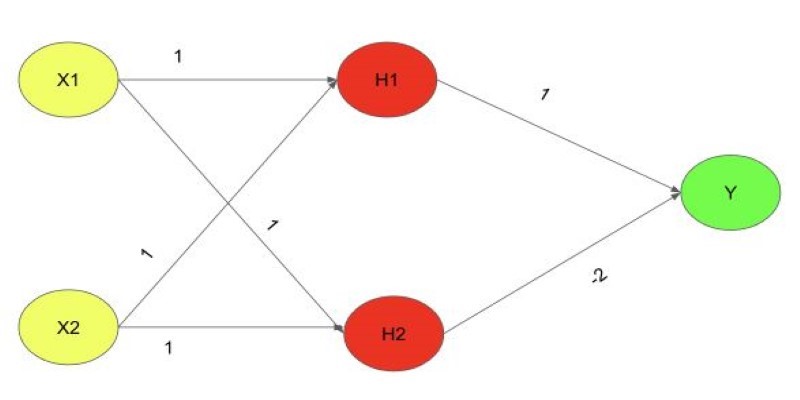
Explore the XOR Problem with Neural Networks in this clear beginner’s guide. Learn why simple models fail and how a multi-layer perceptron solves it effectively
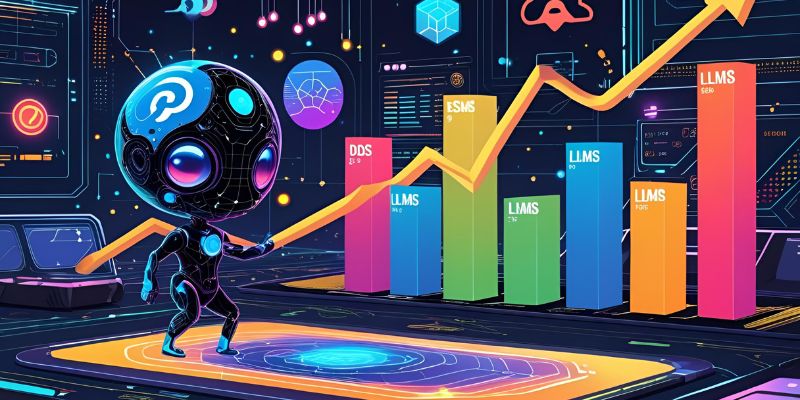
Gemma 3 mirrors DSLMs in offering higher value than LLMs by being faster, smaller, and more deployment-ready

How Python’s classmethod() works, when to use it, and how it compares with instance and static methods. This guide covers practical examples, inheritance behavior, and real-world use cases to help you write cleaner, more flexible code

NPC-Playground is a 3D experience that lets you engage with LLM-powered NPCs in real-time conversations. See how interactive AI characters are changing virtual worlds

Discover how to generate enchanting Ghibli-style images using ChatGPT and AI tools, regardless of your artistic abilities

Tech leaders face hurdles in developing reliable AI agents due to complexity, scalability, and integration issues.